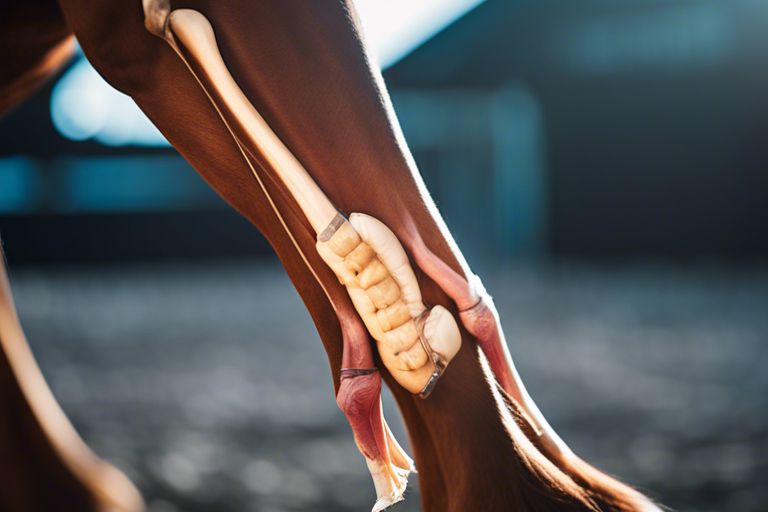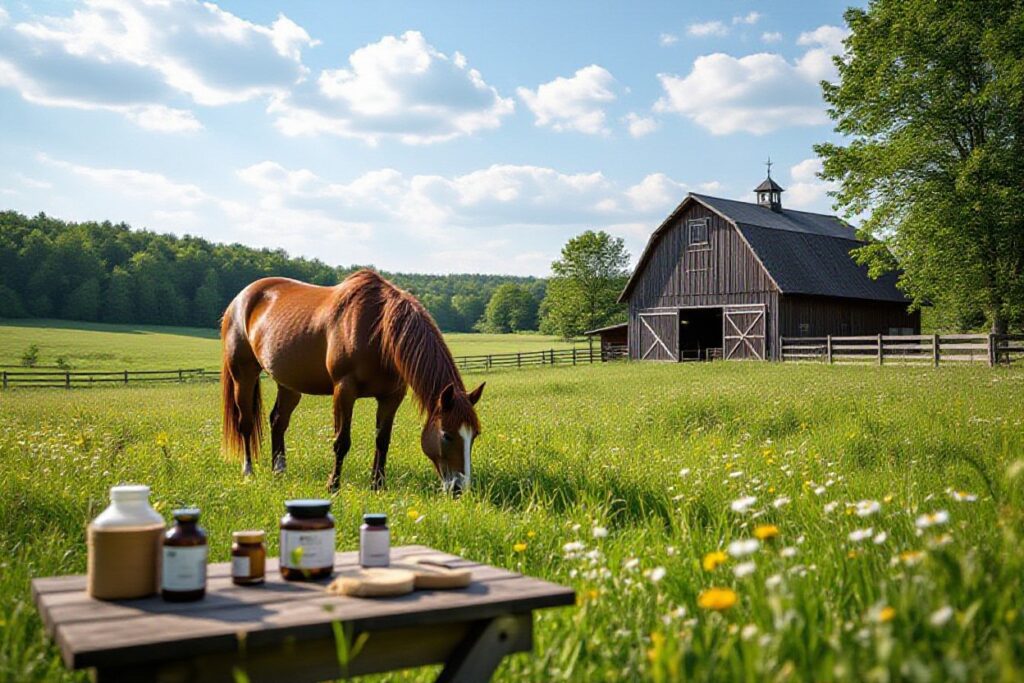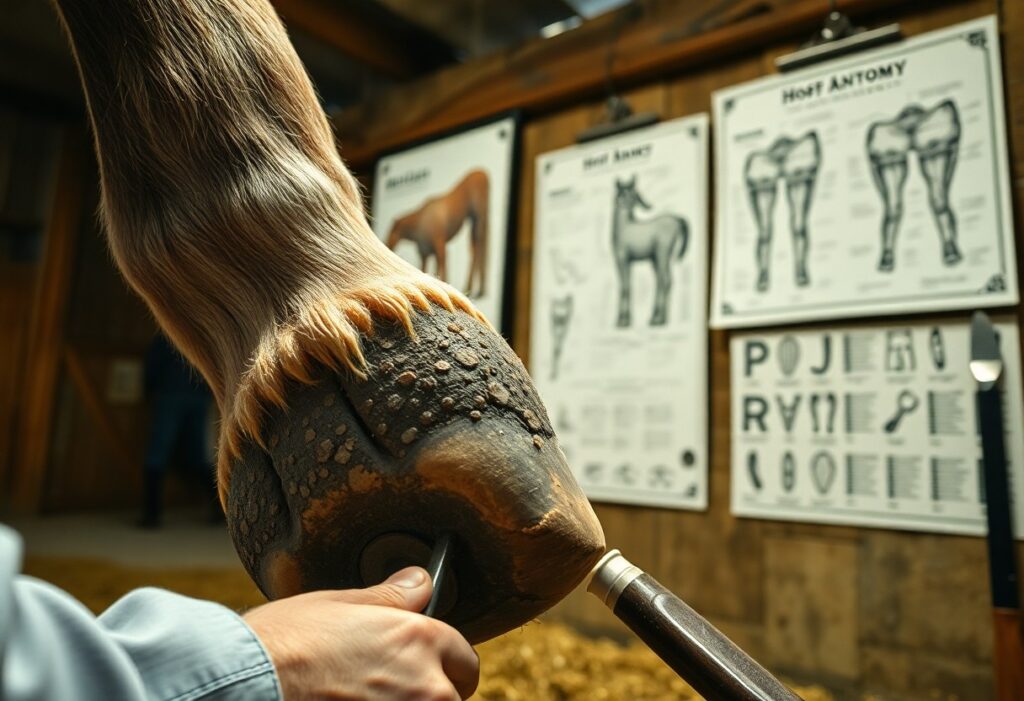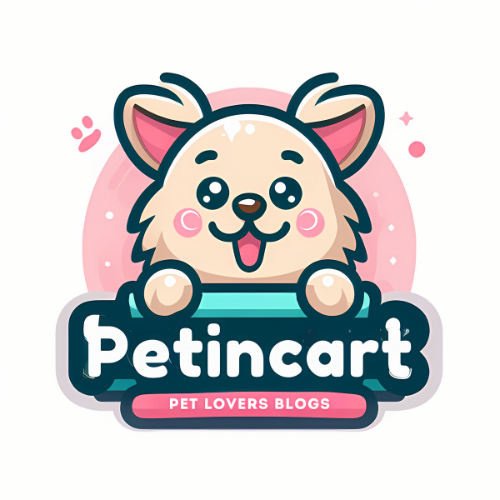Most horse owners understand the importance of regularly scheduled farrier visits for the well-being of their equine companions. These visits are not just about maintaining the aesthetics of your horse’s hooves; they play a crucial role in preventing lameness, injuries, and discomfort. By having a skilled farrier trim and shoe your horse on a routine basis, you can ensure their overall soundness and performance. Let’s examine into the significant benefits that come with sticking to a consistent farrier schedule.


Importance of Hoof Care
The Role of Hooves in Horse Health
Before delving into the specifics of hoof care, it’s crucial to understand the vital role that hooves play in the overall health of your horse. The hooves are the foundation of the horse’s entire skeletal structure, supporting the immense weight of the animal as it moves. Additionally, hooves help with circulation, as proper blood flow is necessary for healthy hoof growth. Furthermore, hooves act as shock absorbers, cushioning the impact of each step and protecting the joints and bones from excessive wear and tear.
Consequences of Neglecting Hoof Care
Neglecting regular hoof care can have severe repercussions for your horse. Without proper maintenance, hooves can develop issues such as cracks, infections, and imbalances, leading to lameness and discomfort for the animal. In severe cases, untreated hoof problems can result in long-term damage and even permanent lameness. Do not forget, hoof care is imperative for your horse’s overall well-being.
If you ignore regular hoof care, you risk causing your horse unnecessary pain and potential long-term damage. By prioritizing hoof care, you are investing in your horse’s health and ensuring its comfort and soundness.
Benefits of Regular Farrier Visits
Any horse owner knows the importance of regular farrier visits for your equine companion. Not only do these visits keep your horse looking neat and well-groomed, but they also play a crucial role in maintaining your horse’s overall hoof health. One of the primary benefits of scheduling regular farrier visits is the prevention of laminitis and other hoof-related issues.
Prevention of Laminitis and Other Hoof-Related Issues
Regular farrier visits help to keep your horse’s hooves properly trimmed and balanced, reducing the risk of developing conditions like laminitis. By ensuring that your horse’s hooves are in good condition, you can prevent lameness and discomfort, allowing your horse to move freely and comfortably.
Improved Mobility and Comfort
With regular farrier visits, you can ensure that your horse maintains optimal hoof health, leading to improved mobility and overall comfort. Well-maintained hooves promote proper weight distribution and support, preventing issues like soreness and stiffness. By keeping your horse’s hooves in top shape, you are helping them move with ease and grace.
Hoof-related discomfort can significantly impact your horse’s quality of life, affecting their performance and overall well-being. By prioritizing regular farrier visits, you are taking proactive steps to keep your horse happy and healthy.
Enhanced Performance and Athletic Ability
To maximize your horse’s performance and athletic ability, regular farrier visits are crucial. Proper hoof care ensures that your horse can move efficiently and comfortably, allowing them to perform at their best. Whether you are competing in shows or enjoying leisurely rides, well-maintained hooves are crucial for your horse’s success.
Other benefits of regular farrier visits include early detection of issues such as hoof imbalances or cracks, which if left untreated, could lead to more serious problems. Additionally, a skilled farrier can provide valuable insights and recommendations for your horse’s hoof care routine, helping you optimize their well-being.

The Farrier’s Role in Maintaining Horse Health
Your farrier plays a crucial role in the overall health and well-being of your horse. Regular farrier visits are imperative to ensure that your horse’s hooves are properly cared for, promoting optimal performance and preventing potential issues.
Identifying Early Signs of Hoof Problems
One of the key functions of a farrier is to identify early signs of hoof problems. Picking up on these issues during routine visits can help prevent more serious conditions from developing. Your farrier is trained to notice subtle changes in your horse’s hooves, such as cracks, abrasions, or imbalances, and can take the necessary steps to address them promptly.
Customized Trimming and Shoeing Techniques
Signs of an experienced farrier include their ability to use customized trimming and shoeing techniques to address your horse’s specific needs. By carefully assessing your horse’s gait, conformation, and hoof quality, a skilled farrier can tailor their approach to ensure your horse’s hooves are properly balanced and supported. This level of personalized care is crucial in promoting your horse’s comfort and preventing lameness issues.
Farriers may employ various methods, such as hot shoeing or corrective shoeing, to address specific hoof conditions. These specialized techniques can help correct imbalances, provide additional support, and promote healthy hoof growth over time.
Collaboration with Veterinarians and Horse Owners
Trimming and shoeing are not the only responsibilities of a farrier. Collaborating with veterinarians and horse owners is also a crucial aspect of their role in maintaining your horse’s health. Farriers often work closely with vets to develop treatment plans for hoof-related issues and communicate any concerns about your horse’s hoof health. This teamwork ensures that your horse receives comprehensive care and attention.
This partnership between farriers, veterinarians, and horse owners is vital in promoting the overall well-being of your horse. By working together, they can address any health issues promptly and effectively, helping your horse lead a healthy and active life.
Scheduling and Frequency of Farrier Visits
Factors Affecting the Ideal Scheduling Frequency
All horse owners should understand that regular farrier visits are crucial for the overall health and performance of your horse. The ideal frequency of these visits can vary depending on several factors. The condition of your horse’s hooves, the type of work your horse does, and the time of year all play a role in determining how often your farrier should visit.
- Hoof Condition: If your horse has hoof issues or is shod, more frequent visits may be necessary to ensure proper hoof care.
- Workload: Horses in heavy work may require more frequent visits to address wear and tear on their hooves.
- Seasons: Winter and spring tend to be more challenging times for hooves, needing additional attention.
Assume that your farrier will recommend a schedule based on these factors to keep your horse in optimal condition.
Seasonal Considerations for Farrier Visits
Farrier visits can be affected by seasonal changes in weather and ground conditions. Depending on the time of year, your horse’s hooves may require different levels of care and attention. Winter months can lead to softer hooves due to wet conditions, making them more prone to damage. Spring, on the other hand, may bring about increased hoof growth that needs to be managed.
To ensure your horse’s hooves are well-maintained throughout the year, it’s crucial to work closely with your farrier and adjust the frequency of visits according to seasonal needs.
Creating a Regular Maintenance Schedule
Considerations when creating a regular maintenance schedule include the individual needs of your horse, the recommendations of your farrier, and any specific issues that may arise. Consistency in scheduling is key to preventing serious hoof problems and maintaining overall hoof health. By establishing a routine, you help your horse stay comfortable and perform at their best.
Affecting positive changes in your horse’s hoof health is directly linked to the maintenance schedule you set with your farrier. By staying proactive and attentive, you can address issues before they escalate and keep your horse in top condition.

Cost-Effectiveness of Regular Farrier Visits
Now let’s research into the cost-effectiveness of regularly scheduled farrier visits. By investing in your horse’s hoof health through routine farrier appointments, you not only ensure their comfort and performance but also save money in the long run.
Long-Term Savings through Preventative Care
LongTerm preventative care is key to saving money on your horse’s hoof maintenance. By addressing minor issues during regular farrier visits, you can prevent more significant problems from developing. This proactive approach helps avoid costly treatments for severe conditions that could result from neglected hoof care.
Reducing the Risk of Costly Veterinary Interventions
One of the significant benefits of regular farrier visits is the reduction in the risk of costly veterinary interventions. Hoof problems left untreated can lead to lameness and other health issues that may require extensive veterinary care. By addressing any potential issues early on with the help of your farrier, you can prevent these costly interventions.
The partnership between your farrier and veterinarian is crucial in maintaining your horse’s overall well-being. When your farrier detects any abnormalities or concerns during a routine visit, they can advise you on the best course of action. This proactive approach can prevent small issues from escalating into more significant health problems for your horse.
Investing in Your Horse’s Overall Well-being
With regular farrier visits, you are investing in your horse’s overall well-being. Healthy hooves are imperative for your horse’s comfort and performance. By prioritizing regular hoof care, you are ensuring that your horse can move with ease and remain sound, avoiding any unnecessary discomfort or limitations.
Overall, the cost-effectiveness of regular farrier visits is clear. By staying proactive with your horse’s hoof care, you can save money on potential treatments, prevent costly veterinary interventions, and ensure your horse’s overall well-being.
Common Misconceptions about Farrier Visits
After understanding the importance of regularly scheduled farrier visits, it’s important to address some common misconceptions that may deter you from keeping up with this crucial aspect of your horse’s care. One prevalent myth is the idea of “too much” trimming, suggesting that frequent farrier visits can harm your horse’s hooves. Let’s debunk this misconception to ensure you grasp the significance of regular farrier care.
Debunking the Myth of “Too Much” Trimming
Common concerns about over-trimming often stem from misinformation or misunderstandings about the natural growth patterns of hooves. Your farrier is trained to recognize the ideal hoof length for your horse and will trim accordingly during each visit. **Regular** trimming actually promotes healthy hoof growth by maintaining the proper balance and alignment, preventing issues that can arise from overgrown hooves. Trust in your farrier’s expertise to provide the necessary care without causing harm.
The Importance of Regular Visits for All Horses
For all horses, regardless of their workload or hoof condition, **regular** farrier visits are important for their overall well-being. Even if your horse appears to have no immediate issues with their hooves, routine maintenance is vital in preventing future problems. **A** proactive approach to hoof care through consistent farrier visits can detect and address potential issues before they escalate, ensuring your horse remains sound and comfortable.
Addressing Concerns about Farrier Qualifications
To ensure your horse receives the best possible care, it’s crucial to address any concerns you may have about your farrier’s qualifications. **Regular** communication with your farrier allows you to inquire about their training, certifications, and experience in handling various hoof care needs. **A** skilled and knowledgeable farrier will be equipped to assess your horse’s hooves accurately and provide appropriate treatment, giving you peace of mind regarding the quality of care your horse is receiving.
Final Words
Summing up, regularly scheduled farrier visits are imperative for maintaining the overall health and well-being of your horse. By having a professional farrier trim and shoe your horse on a routine basis, you can prevent a variety of hoof-related issues, promote proper hoof growth, and ensure your horse’s comfort and soundness. Be mindful of, investing in regular farrier visits is not only beneficial for your horse’s health but also for their performance and longevity.
Q: Why is it important to have regularly scheduled farrier visits?
A: Regular farrier visits are important to maintain the overall health and soundness of a horse’s hooves. The farrier can trim and balance the hooves, check for any signs of issues or lameness, and provide corrective shoeing if necessary.
Q: How often should a horse have a farrier visit?
A: The frequency of farrier visits can vary depending on the individual horse, but on average, horses should have their hooves trimmed and checked every 6-8 weeks. Some horses may require more frequent visits due to hoof growth or specific hoof issues.
Q: What are the benefits of regular hoof maintenance by a farrier?
A: Regular hoof maintenance by a farrier helps prevent issues such as overgrown hooves, uneven wear, and imbalances that can lead to lameness. Proper trimming and shoeing can also improve a horse’s performance, comfort, and overall well-being.
Q: How can a farrier help with correcting hoof problems?
A: Farriers are trained professionals who can identify and address various hoof problems such as cracks, thrush, abscesses, and laminitis. They can provide specialized shoeing techniques and corrective measures to help alleviate pain and improve hoof health.
Q: What signs indicate that a horse may need a farrier visit?
A: Signs that a horse may need a farrier visit include uneven hoof growth, chipping or cracking of the hooves, changes in gait or lameness, difficulty standing or walking on hard surfaces, and excessive wear on one side of the hoof. It is important to schedule a farrier visit promptly if any of these signs are observed.










